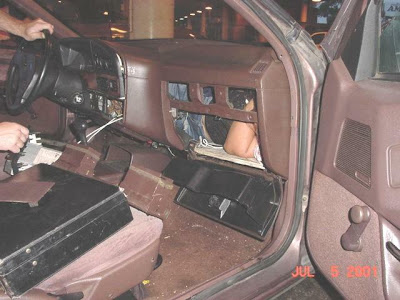Crystal ball aside...

A weblog designed to share Geography resources with students and colleagues

Categories: s1 and s2, Urban, Population
Categories: s1 and s2, Environmental Hazards, Geography General
This is a short recap on a really enjoyable lesson that I had with s2 yesterday. It was rather chaotic in the sense that buildings were falling into heaps! Design and Technology were kind enough to make an earthquake shake simulation table and I asked s2 to be the guinea pigs in trialling it. Unfortunately, my phone was in the car, so I had to video the table and one of the structures later. Students were given very little direction in terms of how to complete the structure, but were asked to plan it before making it. The class were given only straws and marshmallows to build it! I was really impressed with the results. Mnay groups had built triangular structures, thinking that if too much weight was on the top, it would topple. Others, like the one I held back to show the table working, were built with cross beams to make them more solid. The flexible materials meant that most groups were succesful in the task. Apart from providing marshamallow covers for the tables in future (!), I would probably use a variety of materials in future, maybe letting groups choose themselves as they would have to think further about what would work and what would not. Apologies about the green screen and pause in the middle of the video-forgot the camera was running and was trying to organise the next shot. In short, a very satisfying period which the students approached with a great attitude,



Categories: Population




Categories:s1 and s2, Population, Advanced Higher, other
Categories:s1 and s2, Geography General